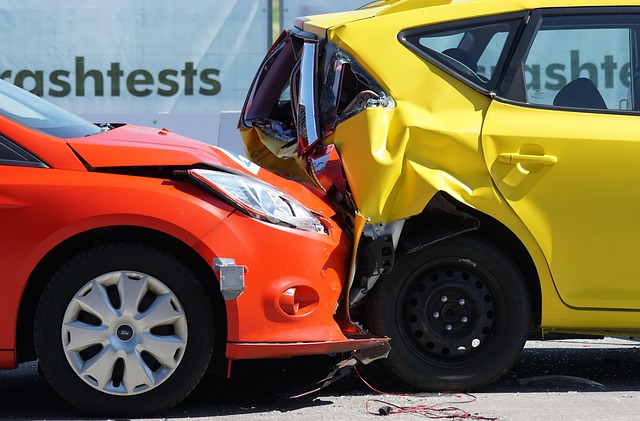Crumple Zone Innovation: The Unsung Hero of Car Safety
Crumple zones, a critical yet often overlooked aspect of automotive safety, have undergone a remarkable evolution since their inception. This ingenious engineering feature, designed to absorb and dissipate crash energy, has saved countless lives on roads worldwide. As vehicle safety continues to advance, crumple zone technology stands at the forefront of innovation, blending cutting-edge materials science with sophisticated design principles to create safer, more resilient vehicles.

Understanding Crumple Zone Mechanics
Crumple zones function on the principle of controlled deformation. During a collision, these designated areas of the vehicle’s structure collapse in a predetermined manner, extending the time of impact and reducing the force transmitted to the occupants. This process converts kinetic energy into work done in deforming the vehicle’s structure, significantly decreasing the deceleration experienced by passengers.
Material Science in Modern Crumple Zones
The effectiveness of crumple zones has been dramatically enhanced by advancements in material science. High-strength steels, aluminum alloys, and even carbon fiber composites are now strategically incorporated into vehicle structures. These materials offer an optimal balance of strength and deformability, allowing engineers to create more efficient energy-absorbing zones while maintaining overall vehicle rigidity where needed.
Computer-Aided Design and Simulation
The advent of sophisticated computer-aided design (CAD) and finite element analysis (FEA) has revolutionized crumple zone development. Engineers can now simulate countless crash scenarios, fine-tuning the behavior of crumple zones with unprecedented precision. This virtual testing not only accelerates the development process but also allows for the creation of highly optimized structures tailored to specific vehicle types and anticipated collision types.
Multi-Directional Crumple Zones
Traditional crumple zones primarily focused on front and rear impacts. However, modern vehicle designs incorporate multi-directional crumple zones, addressing side impacts and even rollover scenarios. This holistic approach to energy absorption has significantly improved occupant protection in a wider range of accident types, reflecting a more comprehensive understanding of real-world collision dynamics.
Integration with Active Safety Systems
The latest frontier in crumple zone technology involves its integration with active safety systems. Advanced sensors and AI-driven predictive algorithms can now anticipate collisions and pre-emptively adjust vehicle dynamics. This synergy between passive and active safety features allows for optimized crumple zone performance, further enhancing occupant protection.
Challenges in Crumple Zone Design
Despite their effectiveness, crumple zones present unique challenges to automotive designers. Balancing safety with other crucial factors like aerodynamics, fuel efficiency, and aesthetics requires intricate engineering compromises. Moreover, the increasing prevalence of electric vehicles, with their large battery packs, necessitates creative solutions for integrating effective crumple zones without compromising the integrity of power systems.
The Future of Crumple Zone Technology
Looking ahead, the future of crumple zone technology is poised for exciting developments. Research into smart materials that can change their properties in response to impact forces holds promise for creating even more effective energy-absorption systems. Additionally, the potential integration of external airbags could extend the crumple zone concept beyond the vehicle’s physical structure, offering an extra layer of protection in collision scenarios.
Impact on Automotive Design and Culture
The evolution of crumple zone technology has had a profound impact on automotive design and culture. It has influenced everything from the shape of modern cars to consumer perceptions of vehicle safety. As safety ratings become increasingly important to buyers, manufacturers are placing greater emphasis on crumple zone performance, driving continuous innovation in this field.
In conclusion, crumple zones represent a triumph of engineering ingenuity in the quest for automotive safety. From their humble beginnings to the sophisticated systems of today, they have consistently proven their worth in protecting vehicle occupants. As we look to the future of transportation, the ongoing evolution of crumple zone technology will undoubtedly play a crucial role in shaping safer, more resilient vehicles for generations to come.





